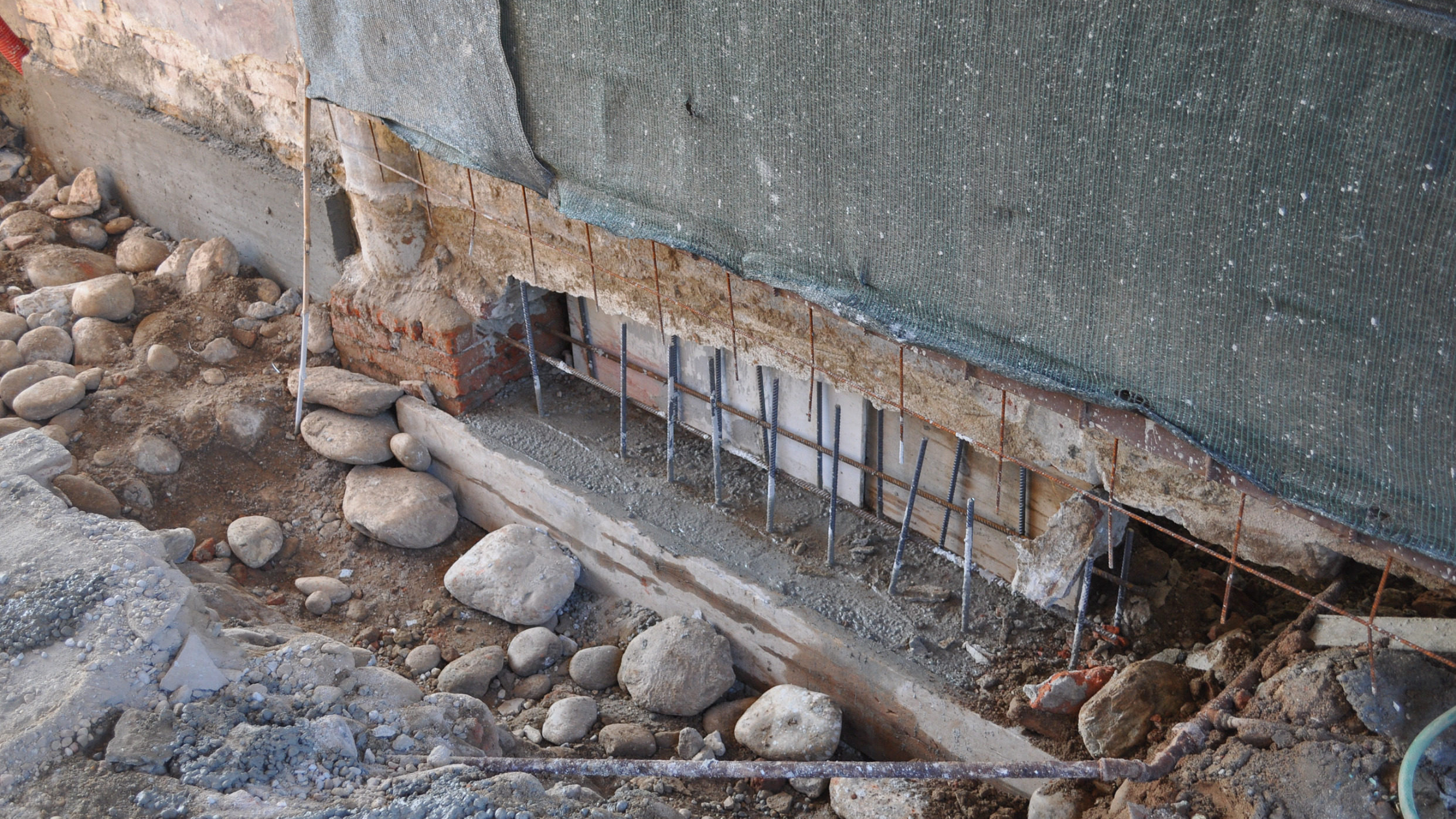
18 Aug How Professional Underpinning Can Protect Your Property Investment
The chances are that the most valuable single item you own is a property. This might be your home, your business premises or an investment such as a buy-to-let, but it’s crucial that you don’t allow its value to fall.
While the overall trend of property values is normally upwards, however, it’s possible for an individual property to head in the opposite direction if you don’t look after it well enough. One of the most dangerous issues for your investment is subsidence — in extreme circumstances, this can result in the complete loss of your property.
Fortunately, there’s a way of combating subsidence — and that’s underpinning.
What Is Underpinning?
Underpinning is a generic term for strengthening the foundations of an existing building. It can be used to correct damage or to strengthen the structure in order to take more weight, such as adding an extra storey.
The most common reason for unplanned underpinning is to protect the building against subsidence. While this can sometimes be corrected without the need for underpinning (e.g. by repairing the drains or removing a tree that’s too close to the building), subsidence is often caused by weak soil or cavities such as old mine workings underneath.
One of the various methods of underpinning can be used to stabilise the foundations. This may be done by adding an extra layer of concrete, but the most common approach is to direct the load down to a deeper, more stable level of subsoil.
How Can Underpinning Affect Your Property Investment?
Subsidence is a serious issue that can have major consequences for the value of your property if it’s not addressed. Eventually, it can result in the structure collapsing, leaving you with little more than a pile of rubble that you’ll have to rebuild from scratch.
Even if it’s not as bad as that, your property is likely to develop cracks and other faults. These will be picked up in the survey when you come to sell, leading the buyer to back out or demand a price reduction. In a buy-to-let, obvious cracks could put off tenants from renting your property.
It’s important to remember that professional underpinning to correct subsidence will normally be covered by your building insurance. However, if the damage is made worse because you’ve ignored the problem, your insurer may have legitimate grounds to refuse to pay, leaving you to foot the entire bill yourself.
Why Do You Need Professional Underpinning?
Underpinning is a complex, highly specialist project. It should certainly never be undertaken as a DIY job, but nor is it suitable for a general builder who doesn’t have a track record of carrying out expert underpinning. There are a number of reasons for this:
- A professional underpinning firm will be able to understand the exact, unique needs of your project and draw up the most suitable and cost-effective plan. This will include which technique to use, such as mass-concrete, bored mini-piling or driven mini-piling.
- A professional underpinning firm is likely to have its own specialist equipment and operators, whereas a general builder would have to hire them in, increasing the cost.
- A professional underpinning firm will carry out the work to the highest standard and according to all relevant regulations. Their work will be fully guaranteed.
- Prospective buyers will be reassured if they see that the work has been done by a reputable, specialist underpinning firm.
If you’re looking for piling contractors in London, the surrounding areas or South East England, get in touch with U&M to discuss your needs.




